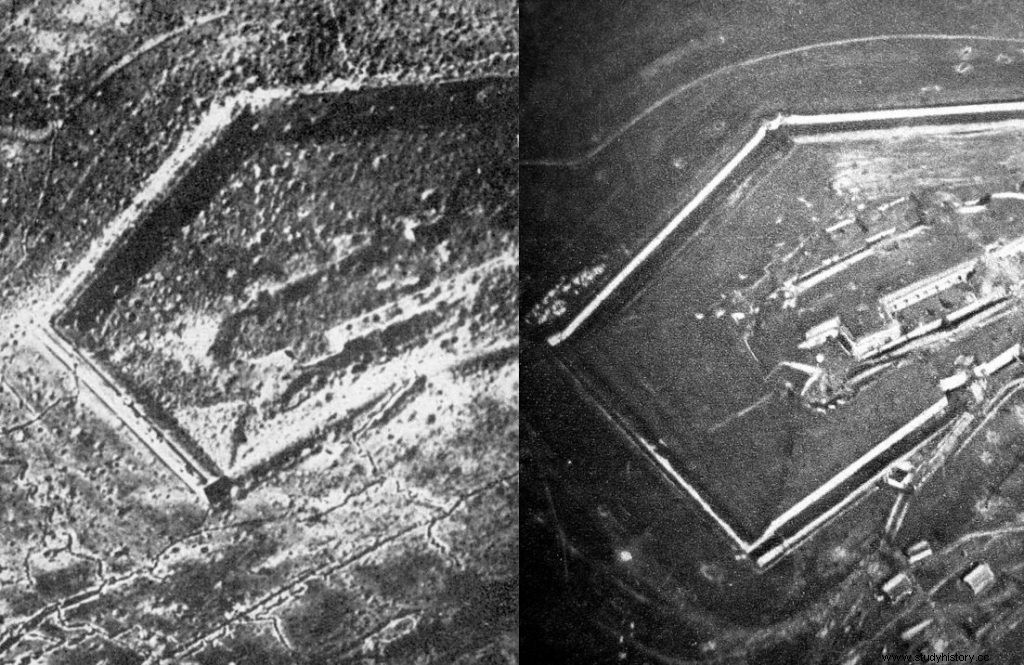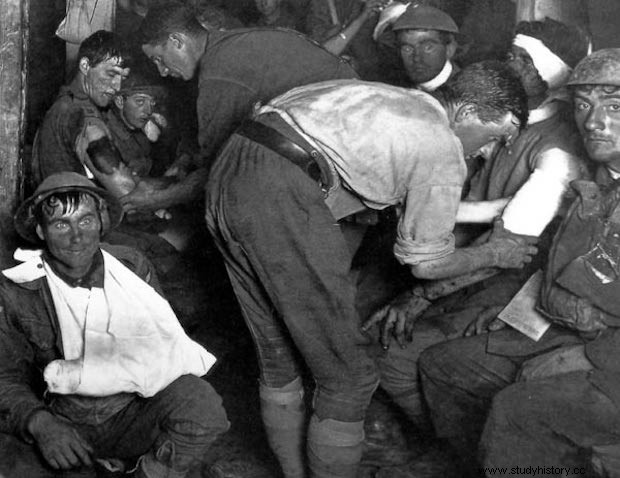Never before in the history of wars have so many fought so fiercely, for so little. World War I was supposed to be a series of several quick campaigns, which were supposed to change the order in Europe, established during the Congress of Vienna. Meanwhile, subsequent bloody battles and offensives, instead of the final settlement, only brought the nightmare of the trenches and left European politics for several years bogged down in the muds of battlefields. It all coincided with the development of modern technology. As never before, this time cameras and camcorders were able to capture the image of the war. This is the nightmare of World War I.
World War I nightmare
World War I was unique in every way. The scale of the conflict and the huge losses on both sides of the trenches were second to none. Battles such as Verdun, Ypres, and the Somme have become part of military history and school textbooks. It is surprising that despite the huge losses it was not possible to break the deadlock. At least on the Western Front, which turned out to be extremely bloody and fierce. A characteristic feature of this conflict were fierce battles over surprisingly small fragments of the area. The Battle of Verdun claimed 800,000. human lives - that's 40 times more than the population of this town ... Gigantic and futile sacrifices.
Norman Davies in "Europe" describes the fight for Fort Douaumont during the offensive at Verdun:
“The debris and the Douaumont underground passages, shelled day and night, undermined, shaken by incessant explosions, were the scenery of hand-to-hand combat and a burial ground for entire companies buried alive under the ruins. Bullets continually stirred this lunar landscape until it turned into a cold stew of mud, wall fragments and remains of human bodies. "

Fort Douaumont - Left after battle, right before - World War I Nightmare
War neurosis
Prolonged stress and protracted fights in the trenches left a terrible mark on the soldiers of World War I, on both sides of the conflict. For many of them, being torn off an arm or a leg as a result of an artillery shell blast was like a salvation from the hell of the trenches. The war left its mark not only on the bodies of soldiers, but also on their psyche. New concepts appeared, phenomena on a previously unknown scale. The disorder today known as battlefield stress syndrome , affected masses of soldiers. Although some of them returned home unharmed, they were not the same people anymore. A whole generation of young people has been wasted.

Australian soldier from Ypres (lower left corner) shows symptoms of combat shock
